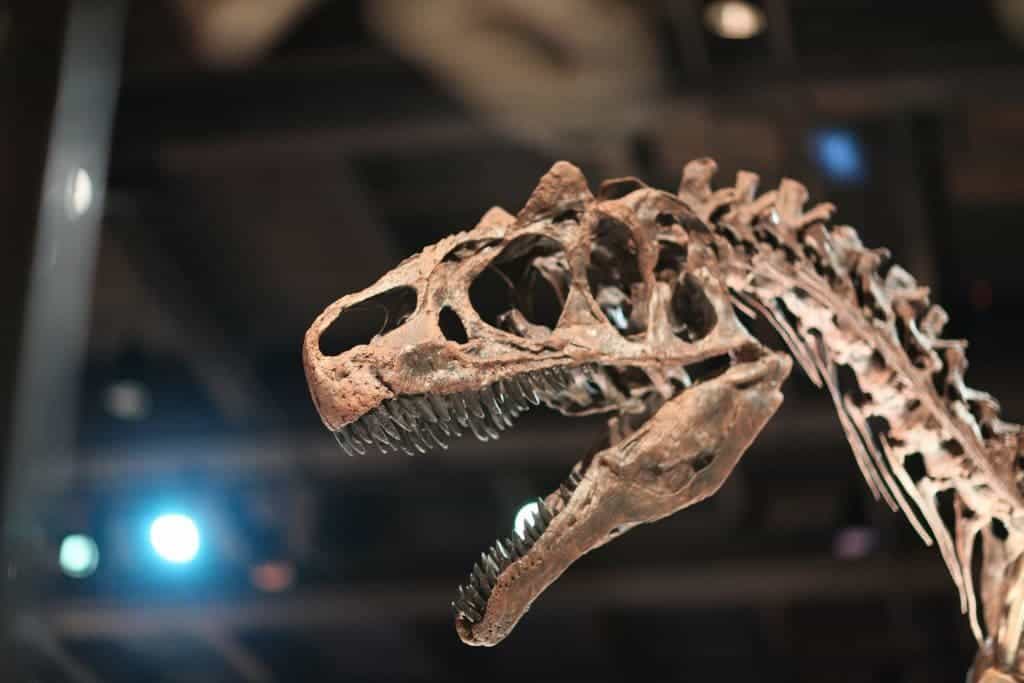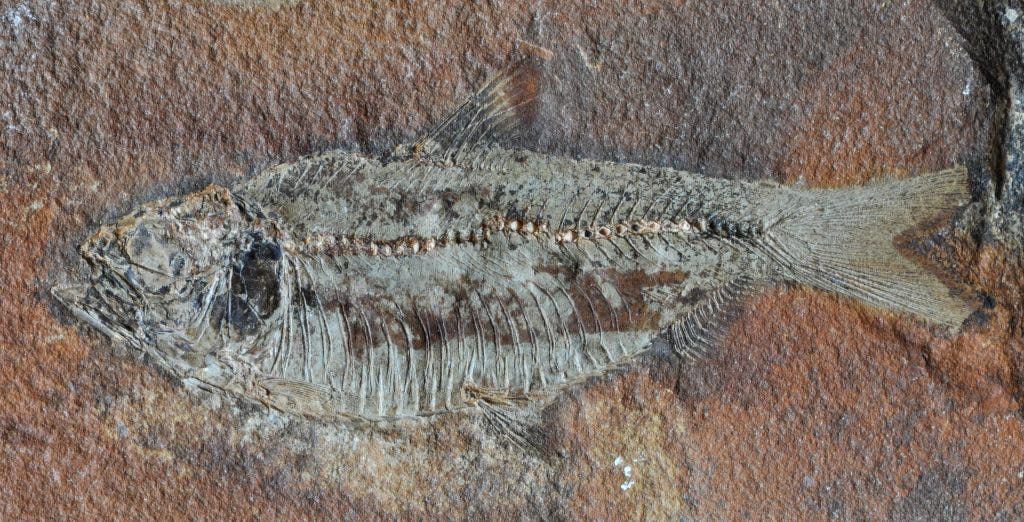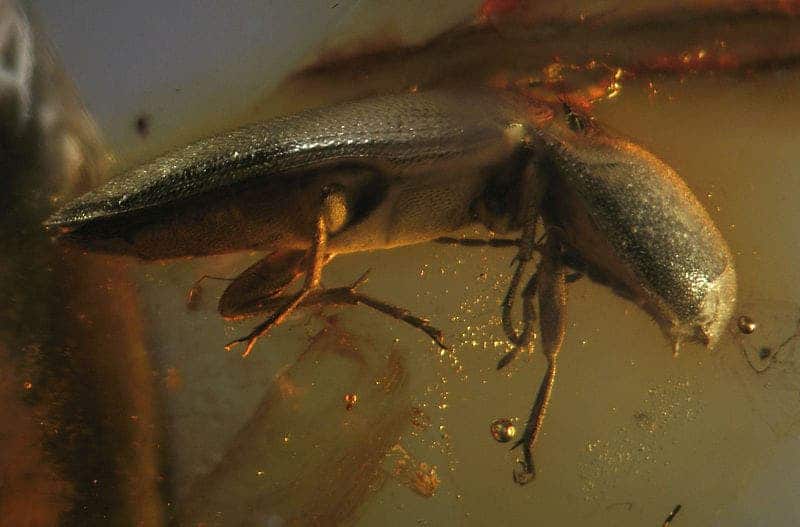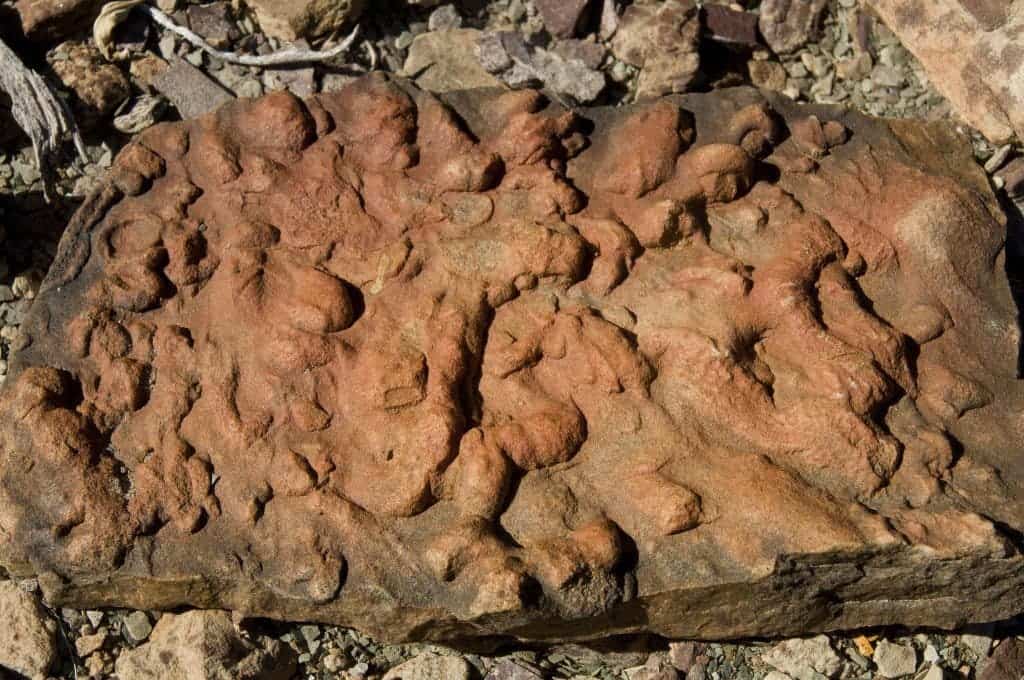There are several ways of classifying fossils, depending on the process by which they form, the mineral and the underlying processes, but in the largest sense, fossils can be:
- Body fossils
- Trace fossils
Ah, fossils
Not as dramatic as an earthquake or as awe-inspiring as a volcano, but instrumental in shaping our understanding of the Earth. They are our only link to millions and millions of years of life that came before us. Almost everything we know about dinosaurs, ancient plants and countless other species of organisms we’ve learned from fossils. Geologists can use fossils to determine the age of rocks, to understand climate and environmental types from millions of years ago, and get an understanding of plate tectonics.

Image credits albertr / Pixabay.
In other words, they’re incredibly useful even though they’re technically just a bunch of rocks. So how do they form? What kinds of fossils are there? Can you lick them?
The answer to that last question is yes. You should probably wash them first but still yes. The other two questions need more elaborate answers, so put on your hardhats and get those notebooks out because it’s paleontology time.
First thing first, how do they form?
A fossil represents the preserved remains or impressions of either whole or parts of ancient organisms. For the most part, they’re found in sedimentary rocks, although under certain conditions they could be preserved in metamorphic or igneous rocks — volcanic tufts, for example, a rock formed by volcanic ash.
Now, not every critter gets to become a fossil — else the world would be choke full of them, which it evidently is not. Certain conditions have to be met for organic matter to become fossilized, and the most important one is for the remains to be buried before they decompose. The faster this happens, the more features of the animal will be preserved. For example, if an animal dies in the sea and its body is slowly covered with sediment, we’ll probably find its fossilized bones. For an animal that got caught in quicksand, however, we may even see things such as impressions of skin and soft tissue.

Image credits The High Fin Sperm Whale / Wikimedia.
So to get a fossil you need the remains of an organism and some sediment to cover it before it fully decomposes. Most fossils we find today are formed in either marine environments or land areas with lots of water (such as swamps,) because they have high rates of sediment deposition and mobility. Year after year, new layers of material deposits over the animal’s remains — and in millions, even tens of millions of years, they get buried pretty deep. During this time, the sedimentary layer follows its natural cycle of lithification and, compressed by the weight of sediment above it, starts turning to stone, encasing the remains. By this point, some fossils rot away leaving behind a mold-like cavity which is them filled with new sediment in the shape of the former animal.
If the fossil doesn’t rot away, the huge pressure involved in lithification squashes the particles of sediment into each other, generating heat that cooks the remains enriching them in carbon — that’s why plant fossils usually take on brown or blackish hues. More resilient tissue such as shells, bone or wood can stand this pressure and remain inside the rock. Here one of two things happens — interstitial solutions either fill their pores with rock-forming minerals or dissolve them completely and fill the space with minerals that crystallize — that’s why I said fossils are technically just rocks.
The fossil and the rock that houses it can remain buried or, through various geological processes — mountain formation, for example — get pushed back up to the surface where the rock gets eroded, leaving behind the cast, ready to be found by enthusiastic paleontologists.
What can they expect to find?
All fossils are created through those three processes. They can be mold and cast, carbonized, or form through permineralization/replacement. So it might seem a bit weird that paleontologists categorize them in two “flavors,” but it actually makes sense.
The first type, known as body fossils, are the remains of an animal or plant — like bones, shells, and leaves. These can be mold and cast fossils, like the big dinosaur skeletons you can see in a museum, replacement fossils like petrified wood or whole body fossils — from insects caught in amber to mammoths encased in ice.

Image credits Manukyan Andranik / Wikimedia
The second type, known as trace fossils (or ichnofossils,) are records of organism’s lives but not parts of their body — these include footprints, track-ways, and coprolites.

Image credits Grand Canyon National Park
/ Flickr
In geology, body fossils are used to determine the age of rocks — because we know the time-frames during which different animals or plants lived, we can estimate the age of the rocks based on what organisms we find. Trace fossils are very useful to determine the foot and the roof of a layer, in other words, which part was up and which was down as it sedimented. Imagine a worm wiggling over the sea floor, leaving a tiny dent behind it as it does. When the sand turns into sandstone, that little ditch will become a negative ichnofossil on the rock’s roof and a positive ichnofossil on the next layer’s foot.
I must gather these fossils for myself! Where can I find them?
First, you have to understand that each and every fossil is a miracle of chance – or rather, a statistical outlier. So many things have to go just right, over millions of years (the right animal has to die in the right spot, followed by the right climate and sedimentary influx to the area, burial, exondation, and erosion at the right moment) for you to find one that the mind just boggles. The first time I found a fossil I was literally jumping up and down with joy even though it was only one fish vertebra as tiny as the frontal camera on an iPhone.
That being said, if there’s one thing that life hasn’t lacked for it is numbers — the sheer quantity of animals and plants that have ever lived on Earth means that there’s a decent quantity of fossils to be found and more are created all the time. As a general rule, search for fossils in areas of erosion. Mary Anning, probably the most important fossil finder that you’re never heard of, did much of her fossil hunting in the sheer cliffs beside the English Channel.
For more detailed fossiliferous sites in the US, Fossilguy.com has a pretty extensive guide set up that’s definitely worth your attention.
Was this helpful?



